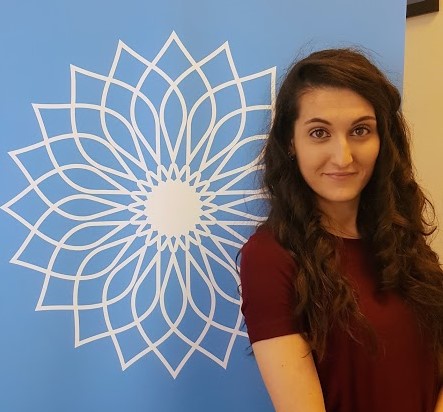How can wearables add value in the clinical environment?
by Gonzalo Arranz and Patricia Domínguez, September 29, 2021

As we mentioned in our article “Collection of patient data in the outpatient setting: What does it involve and what can it contribute?”, healthcare professionals are increasingly choosing to collect Real-World Patient Data (PROs and PREs) that enable them to add to their clinical data, helping to improve follow-up of diseases, adjust treatments, and improve the healthcare process.
The collection of these Real-World Data from patients is already occurring, both actively, for example through remote patient monitoring platforms, and passively, through wearable electronic devices, tools that continue to have a significant potential in the clinical environment.
What is a wearable and how can it be helpful in the clinical environment?
Wearables are portable non-invasive devices that enable the real-time measurement and collection of certain metrics during the person’s day, without the need to upload this information actively: data about our physical activity, heart and respiratory rates, body temperature, glucose level, blood pressure, and so on. This is information that can be very useful if it is used in the clinical environment to determine the general health status of a person. Among the best-known wearables are bracelets and smartwatches, although information can even be collected from your own smartphone.
In this way, with the patient’s consent, this information could be shared with other devices and with healthcare professionals for medical purposes, with the goals of facilitating the remote monitoring of the patient and preventing certain events, which are very important in the management of certain diseases. In fact, the article “Wearable Devices for Ambulatory Cardiac Monitoring: JACC State-of-the-Art Review” reports that promising results have already been seen in the early detection of diseases and adverse events, thanks to the use of these devices.
All this enables us to observe that the use of these devices, as well as remote monitoring platforms, is gaining ground. This was noted in Deloitte’s 2020 Survey of US Health Care Consumers, which showed that 42% of United States residents use applications or tools that measure their physical condition and can carry out monitoring of their health status, with half of these users sharing these data with their physicians.
Taking into account the importance of this information in the daily life of a person living with a specific disease, at Persei vivarium we continue working on our technology, facilitating the ways in which the information that is collected in a passive manner can be subsequently connected with our remote patient monitoring application, Caaring®. In this way, these data would also be available to be shared with the healthcare professional, complementing their information and helping in decision-making.
As we have seen, wearables are more and more present in our lives, and are beginning to gain ground in the clinical environment, facilitating the work of the healthcare professionals. All this points to the fact that these wearables will continue being integrated into our daily life, to help us care for our health and prevent future diseases.
Share

Patricia Domínguez
Business Development
Persei vivarium
